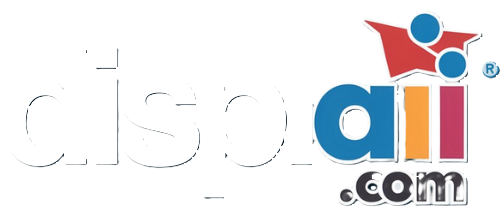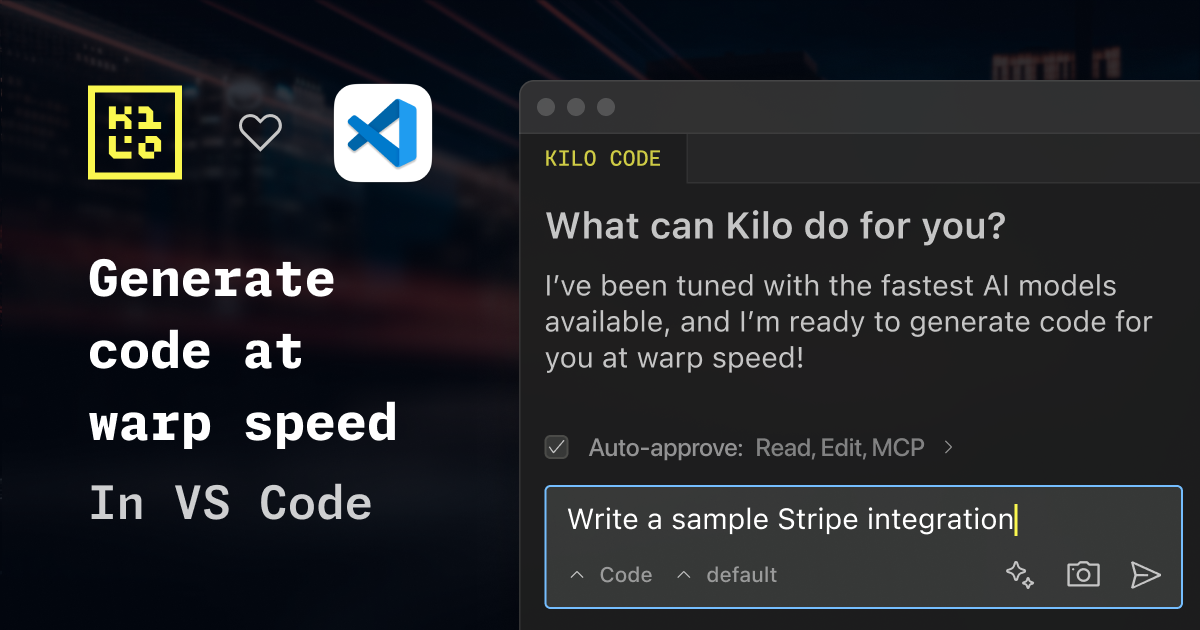AI No-Code App Builder: Kilo Code
Kilo Code is an open-source AI coding assistant and VS Code extension designed to improve coding efficiency. It's built on a strong foundation and contributes to its upstream packages. It incorporates features from other tools like Roo and Cline. Kilo Code focuses on code planning, building, and fixing. It can be found at kilocode.ai/social.
#KiloCode #AICodingAssistant #VSCodeExtension #NoCode #OpenSource #Roo #Cline #CodePlanning #CodeBuilding #CodeFixing #CodingEfficiency #AICode #CodeGenerator #ProgrammingTools
https://kilocode.ai/
Kilo Code is an open-source AI coding assistant and VS Code extension designed to improve coding efficiency. It's built on a strong foundation and contributes to its upstream packages. It incorporates features from other tools like Roo and Cline. Kilo Code focuses on code planning, building, and fixing. It can be found at kilocode.ai/social.
#KiloCode #AICodingAssistant #VSCodeExtension #NoCode #OpenSource #Roo #Cline #CodePlanning #CodeBuilding #CodeFixing #CodingEfficiency #AICode #CodeGenerator #ProgrammingTools
https://kilocode.ai/
AI No-Code App Builder: Kilo Code
Kilo Code is an open-source AI coding assistant and VS Code extension designed to improve coding efficiency. It's built on a strong foundation and contributes to its upstream packages. It incorporates features from other tools like Roo and Cline. Kilo Code focuses on code planning, building, and fixing. It can be found at kilocode.ai/social.
#KiloCode #AICodingAssistant #VSCodeExtension #NoCode #OpenSource #Roo #Cline #CodePlanning #CodeBuilding #CodeFixing #CodingEfficiency #AICode #CodeGenerator #ProgrammingTools
https://kilocode.ai/
0 Comments
·0 Shares
·388 Views





